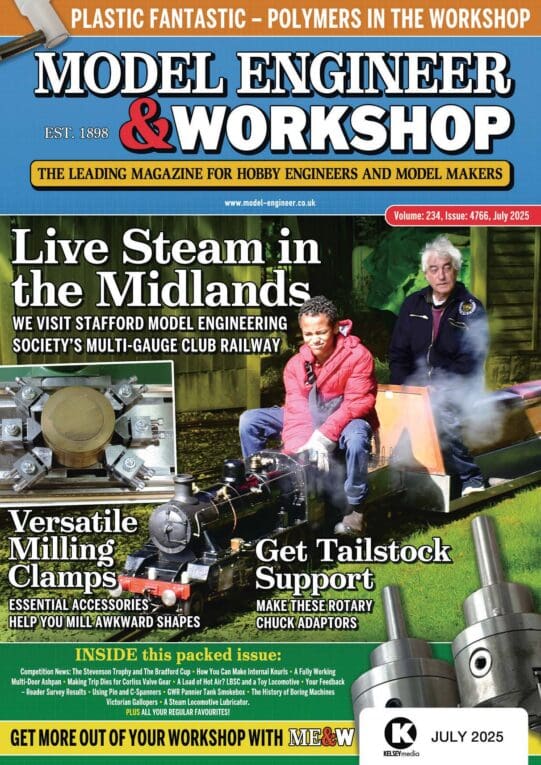Subject to the two or three teeth in cut minimum coarser is better. More room in the gullet between teeth to hold the chips helping things to run smoothly and cut well. With too fine a blade tendency is to try and force the cut jamming chips into the gullet which isn't good for the blade. Machine tends to stall too. Good point from Mark about things getting hot. Coarser effectively runs cooler so goes further before you have too top and wait.
Bigger teeth have slightly more set in absolute terms which helps free cutting and promotes blade life. Assuming you don't break anything loss of tooth set due to wear or forcing on curves defines how long the blade lasts. When the set goes there is no clearance for the main body of the blade in the cut so it continually jams. If buying ready made blades you want all the life you can get.
If you take it steady, use the right speed and lightly lubricate when appropriate the blades will last a long time. Force or abuse it and life will be embarrassingly short. We had one of the single speed models in the trials prop workshop at one time. The EW's used to go through blades at a rate of knots. Like 3 in one day managing about a yard of cut from each! I arranged my own personal set which were still good when the saw went.
Clive
Edited By Clive Foster on 13/08/2017 12:11:34
Edited By Clive Foster on 13/08/2017 12:11:50
 Russell Eberhardt.
Russell Eberhardt.




